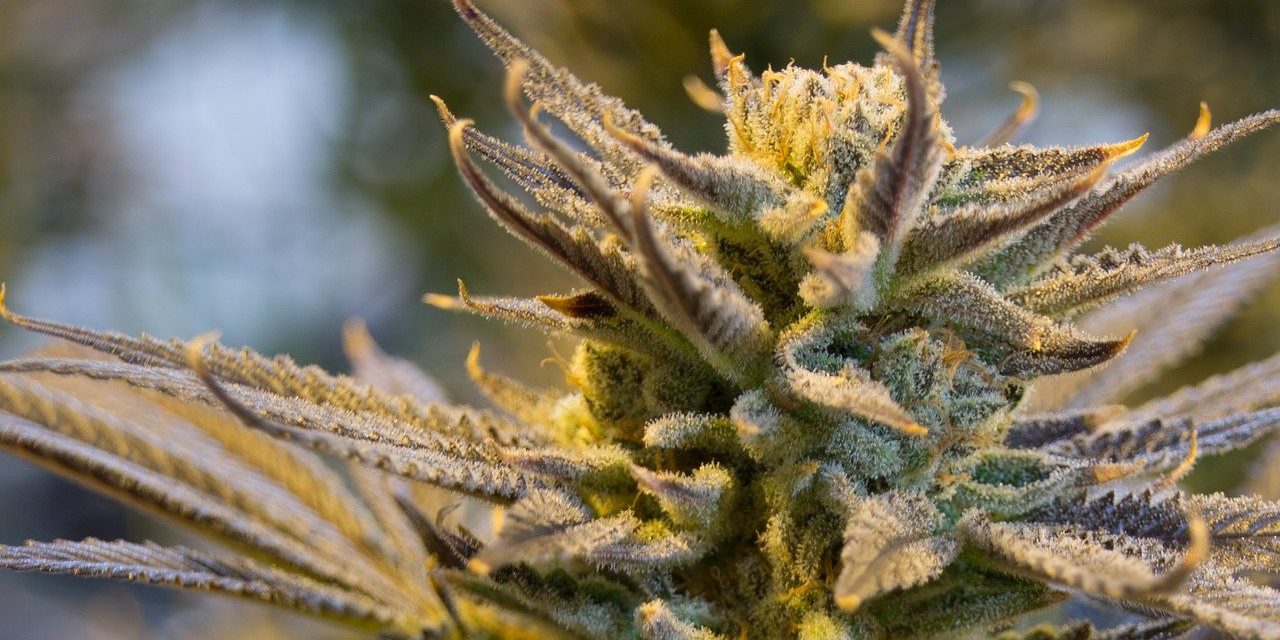A marijuana-like chemical in the brain, mirroring its plant-based counterpart, packs both ups and downs.
Epileptic seizures trigger the rapid synthesis and release of a substance mimicked by marijuana’s most psychoactive component, Stanford University School of Medicine investigators have learned. This substance is called 2-arachidonoylglycerol, or 2-AG, and has the beneficial effect of damping down seizure intensity.
But there’s a dark side. The similarly rapid breakdown of 2-AG after its release, the researchers found, trips off a cascade of biochemical reactions culminating in blood-vessel constriction in the brain and, in turn, the disorientation and amnesia that typically follow an epileptic seizure.







